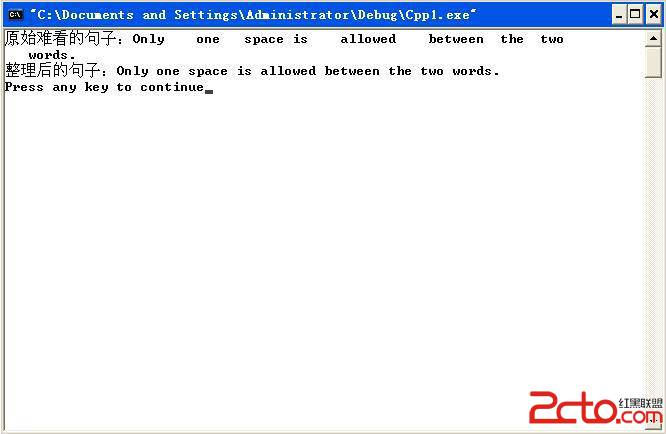Divide and Conquer
Divide and Conquer is an algorithmic paradigm based on multi-branched recursion.
A typical Divide and Conquer algorithm solves a problem using following three steps:
1. Divide: Break the given problem into subproblems of same type.
2. Conquer: Recursively solve these subproblems
3. Combine: Appropriately combine the answers
The name "divide and conquer" is sometimes applied also to algorithms that reduce each problem to only one subproblem, such as the binary search algorithm.
Because it uses tail recursion, so it can be converted into 易做图 loops. Under this broad definition, however, every algorithm that uses recursion or loops could be regarded as a "divide and conquer algorithm". Therefore, some authors (I prefer this viewpoint too) consider that the name "divide and conquer" should be used only when each problem may generate two or more subproblems.The name decrease and conquer has been proposed instead for the single-subproblem class.
Divide and Conquer (D & C) vs Dynamic Programming (DP)
Both paradigms (D & C and DP) divide the given problem into subproblems and solve subproblems. How to choose one of them for a given problem? Divide and Conquer should be used when same subproblems are not evaluated many times. Otherwise Dynamic Programming or Memoization should be used. For example, Quicksort is a Divide and Conquer algorithm, we never evaluate the same subproblems again. On the other hand, for calculating nth Fibonacci number, Dynamic Programming should be preferred.
Following are some standard algorithms that are Divide and Conquer algorithms.
1) Quicksort is a sorting algorithm. The algorithm picks a pivot element, rearranges the array elements in such a way that all elements smaller than the picked pivot element move to left side of pivot, and all greater elements move to right side. Finally, the algorithm recursively sorts the subarrays on left and right of pivot element.
2) Merge Sort is also a sorting algorithm. The algorithm divides the array in two halves, recursively sorts them and finally merges the two sorted halves.
3) Closest Pair of Points The problem is to find the closest pair of points in a set of points in x-y plane. The problem can be solved in O(n^2) time by calculating distances of every pair of points and comparing the distances to find the minimum. The Divide and Conquer algorithm solves the problem in O(nLogn) time.
5) Strassen’s Algorithm is an efficient algorithm to multiply two matrices. A 易做图 method to multiply two matrices need 3 nested loops and is O(n^3). Strassen’s algorithm multiplies two matrices in O(n^2.8974) time.
6) Cooley–Tukey Fast Fourier Transform (FFT) algorithm is the most common algorithm for FFT. It is a divide and conquer algorithm which works in O(nlogn) time.
5) Karatsuba algorithm for fast multiplication it does multiplication of two n-digit numbers in at most single-digit multiplications in general (and exactly when n is a power of 2). It is therefore faster than the classical algorithm, which requires n2 single-digit products. If n = 210 = 1024, in particular, the exact counts are 310 = 59,049 and (210)2 = 1,048,576, respectively.
补充:软件开发 , C++ ,




